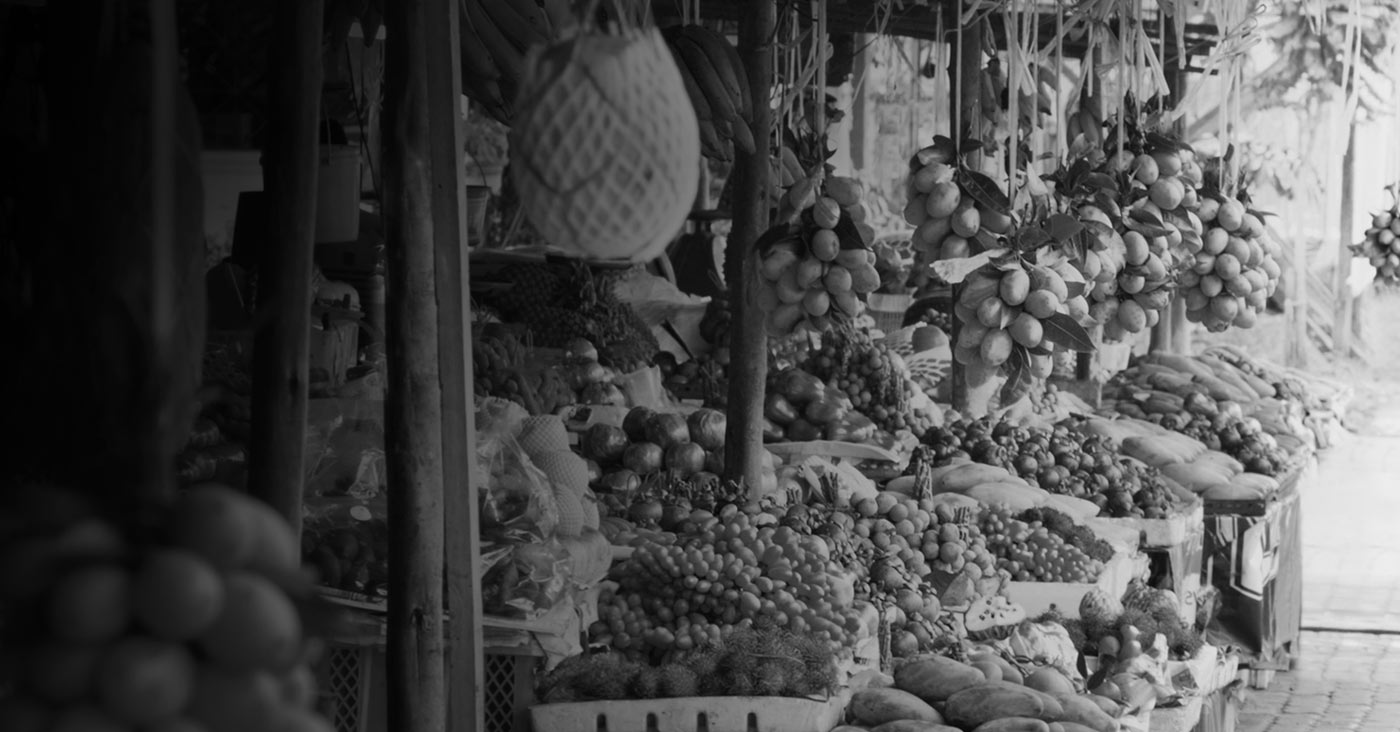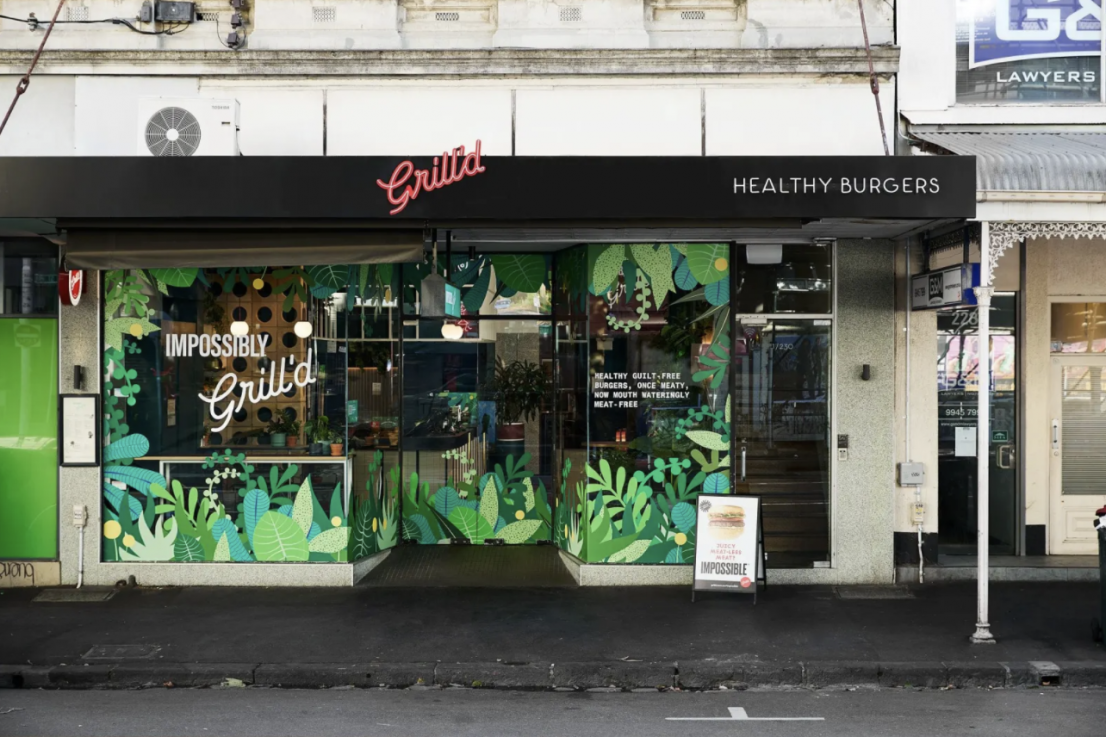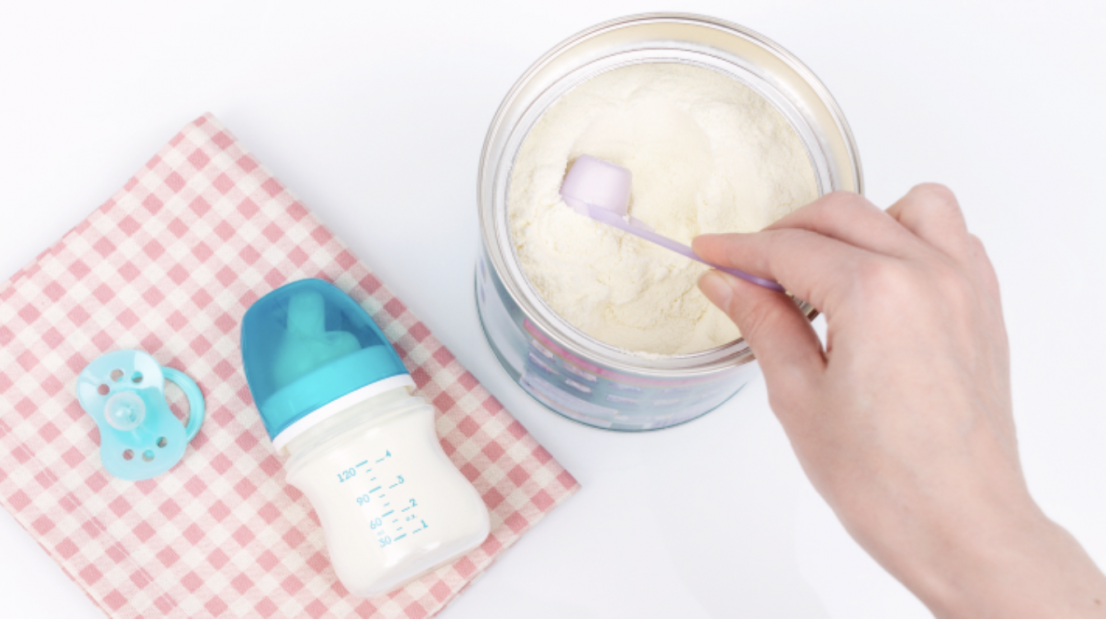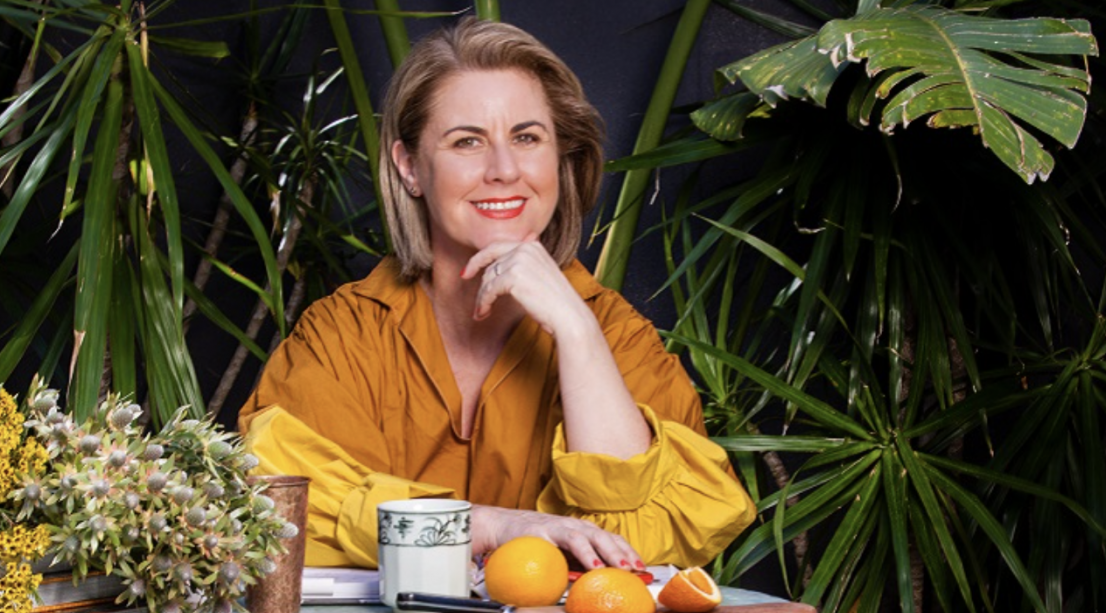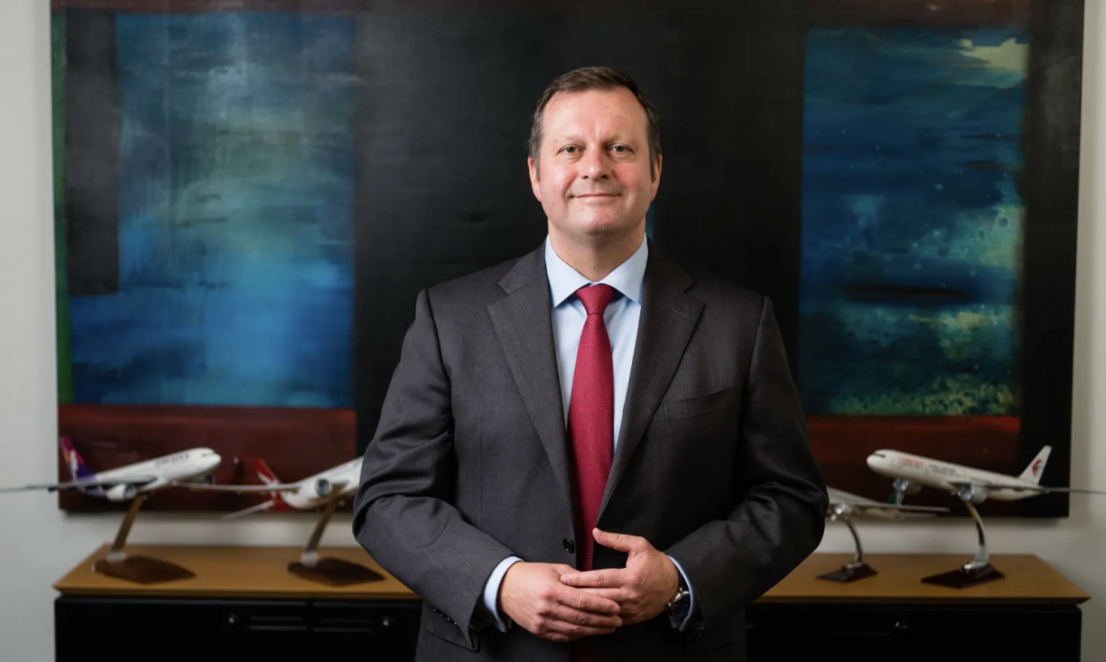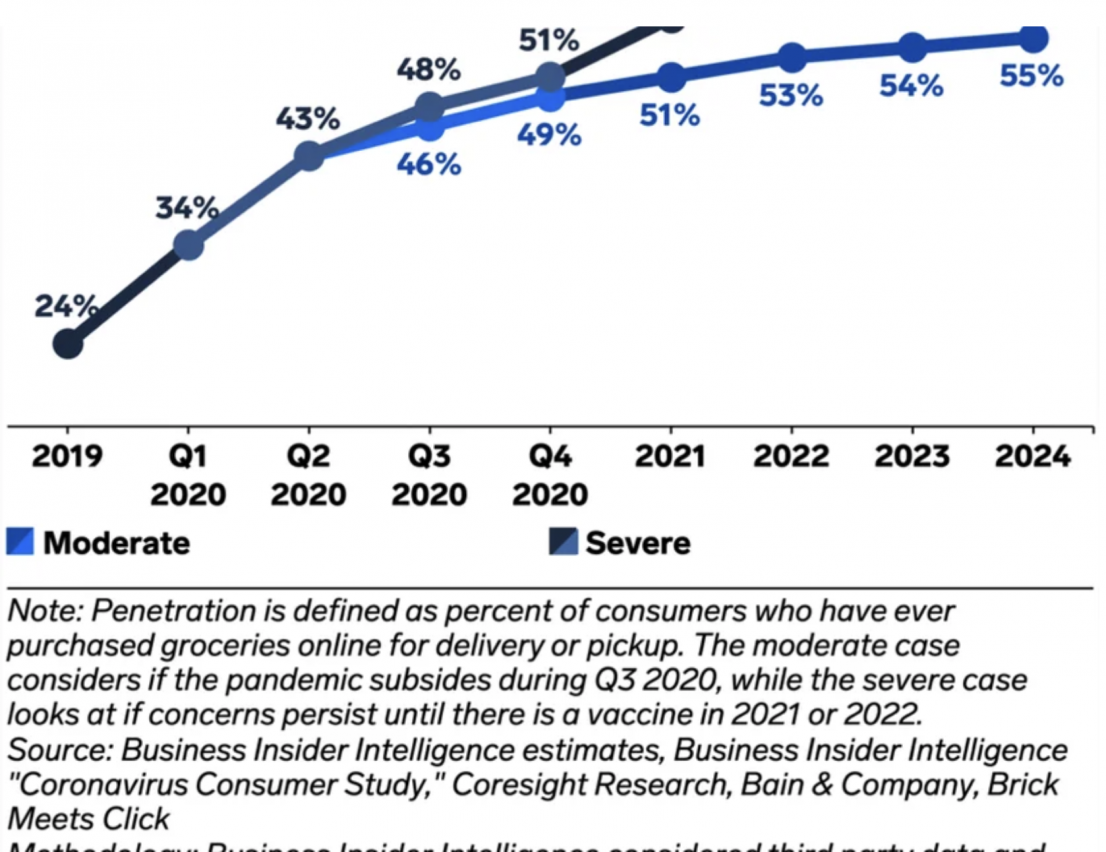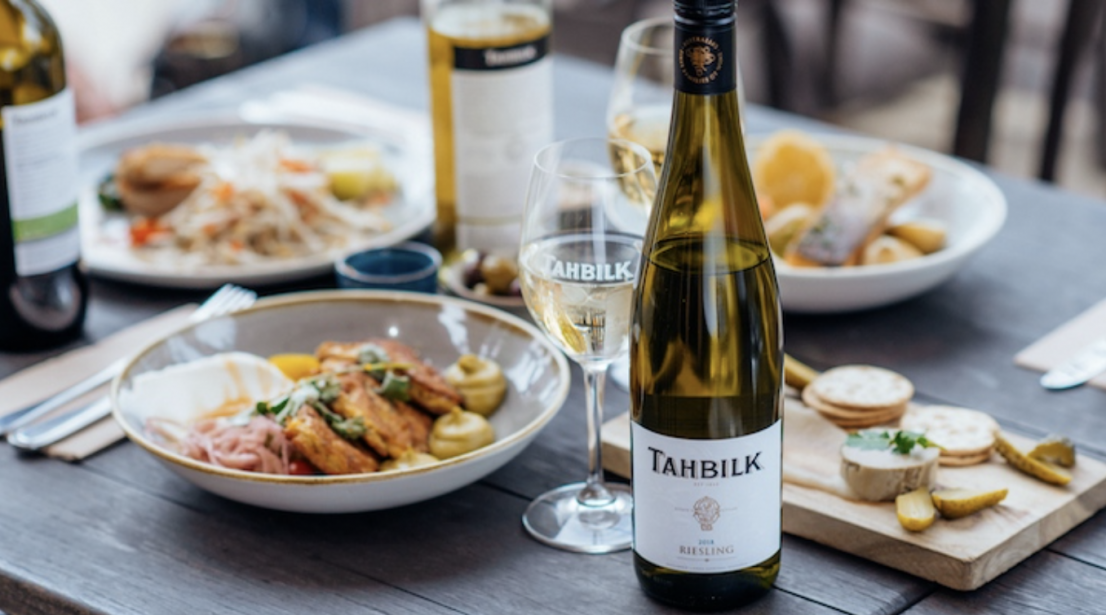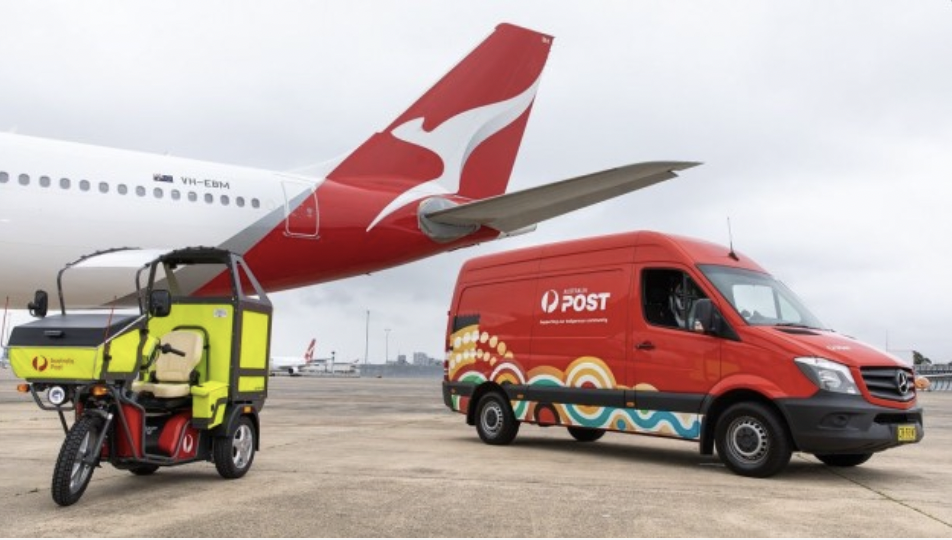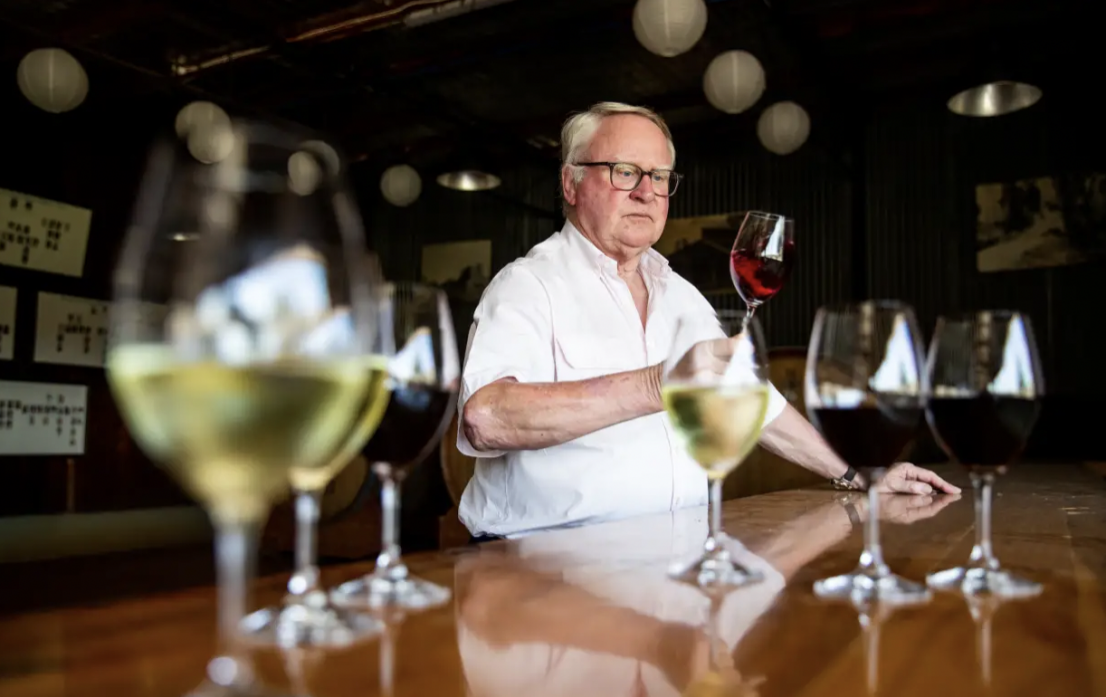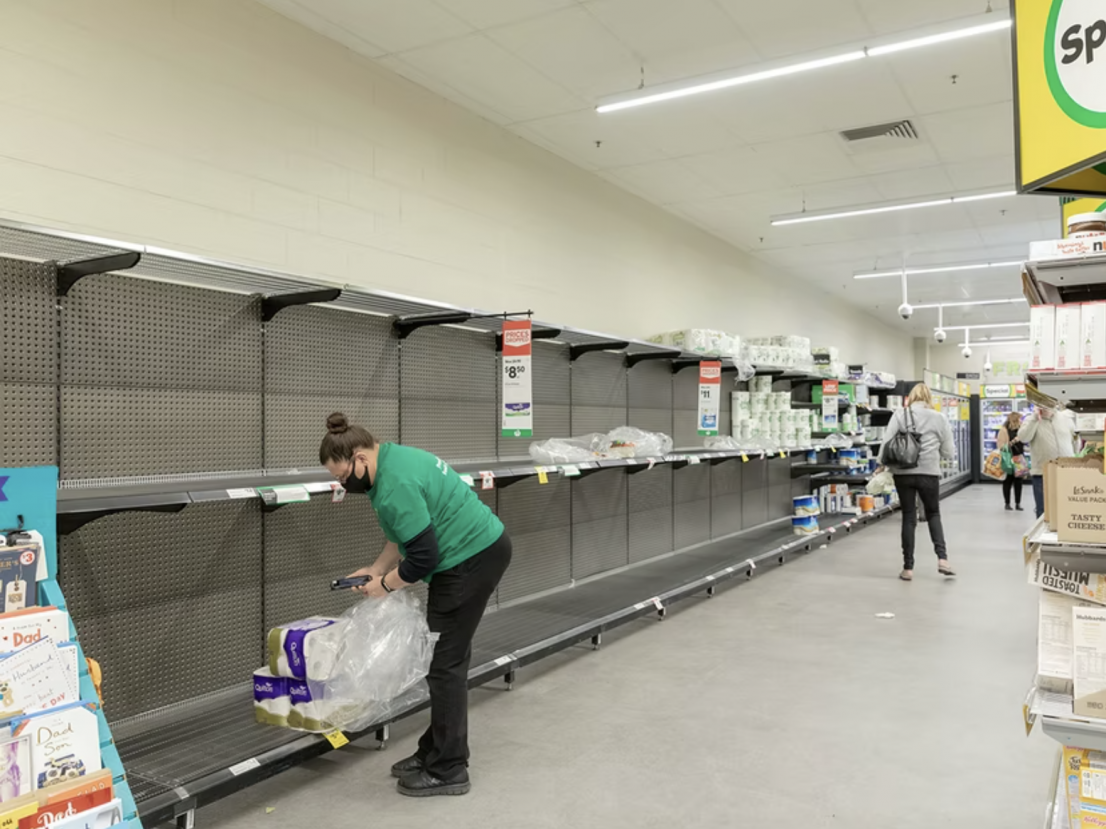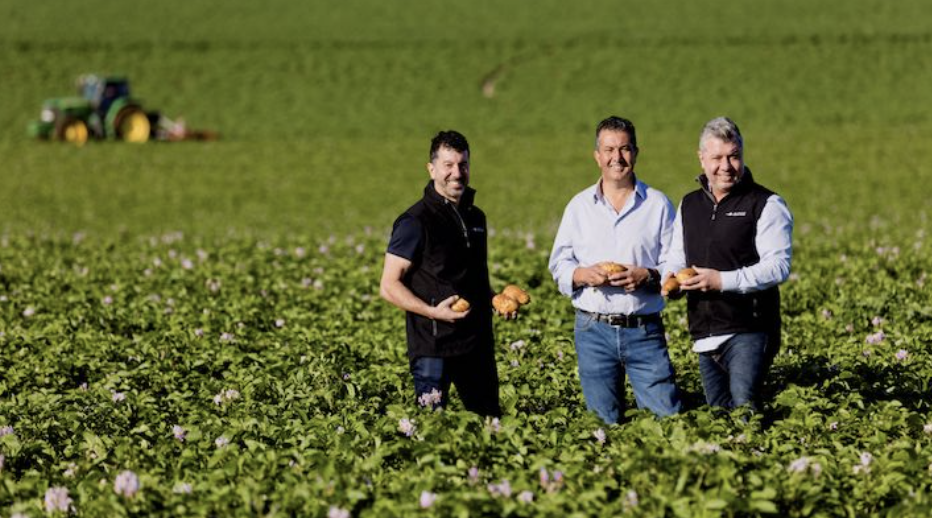
Supermarket chain Coles has awarded suppliers leading the way in sustainability in the latest edition of its annual supplier awards.
Coles has recognised 15 suppliers it says have done a commendable job in following their commitment to sustainability, community and health innovation.
Coles CEO Steven Cain congratulated the winners and praised their continued efforts to help feed the nation.
“At Coles, we’re grateful for our long-held partnerships with farmers, producers and suppliers which help drive our purpose to sustainably feed all Australians. It is heartening to see examples of remarkable resilience and passion from suppliers who have continued to achieve amazing feats, despite the challenges.”
“As part of Coles’ Sustainability Strategy, under the Together to Zero and Better Together focus areas, we are always looking for ways to advance us in our ambition to become Australia’s most sustainable supermarket.”
The following 15 companies have been honoured in the 2021 Coles Supplier of the Year Awards:
Mitolo Family Farms won the Coles Fresh Produce Supplier of the Year Award for its continued investment in innovation and sustainability reducing 60-tonne of plastic in packaging, water-saving projects. (Darren, John and Frank Mitolo from Mitolo Family Farms are pictured above).
Victoria and Riverina pork supplier Rivalea Australia won the Coles Meat Supplier of the Year Award for its collaborative innovation including the launch of the first-to-market ‘Female Pork’ range in Australia.
Manildra Group won the Coles Bakery, Deli and Seafood Supplier of the Year Award for its commitment and innovations to provide healthier bread lines to customers.
PMFresh won the Coles Dairy, Freezer and Convenience Supplier of the Year Award for its customer-focused innovation and improved sustainability in product packaging and delivery of its convenient and healthy ready-to-eat salad kits and meals.
H&H Asia won the Coles Own Brand Supplier of the Year Award for its work with Coles to remove single-use plastics in its picnic range.
Mars Petcare won the Coles Sustainable Supplier of the Year Award for its initiatives to reduce agriculture and land-use-based emissions.
Henkel, which supplies laundry and home-care products to Coles, won the Coles Non-Food Supplier of the Year Award. Henkel removed plastic scoops in laundry powders and introduced a 100-per-cent recyclable tub for its Somat Auto Dishwashing capsules.
Nestle won the Coles Grocery Supplier of the Year Award for its range of new and unique coffee, pantry, confectionery and cereal products.
Cleanaway won the Coles Service Champion of the Year Award for its leading role with Coles to reduce waste and support resource recovery. Cleanaway oversees 55,000 pick-ups of waste and recycling each month from stores and is supporting Coles to reach its goal of diverting 85-per-cent of waste from landfill by 2025.
Kimberly-Clark Australia won Supply Chain Supplier of the Year Award for their consistent supply of products including tissues and toilet paper.
Carlton & United Breweries won the Coles Liquor Supplier of the Year Award for a range of initiatives including pack differentiation through eight-packs on iconic brands such as VB, Carlton Dry and Great Northern and reinvigorating heritage brands such as KB Lager.
Coca-Cola Europacific Partners won the Coles Express Supplier of the Year Award for its exciting activations to inspire customers throughout the year including promotions for Easter, AFL season, Christmas and Movember which helped raised funds for men’s health.
Procter and Gamble won E-commerce Supplier of the Year Award for its collaboration with Coles Online to improve and simplify the online shopping experience for customers.
Mildura-based Australian Garlic Producers won the Coles Community Champion of the Year Award for its initiatives with the Warrabri Aboriginal community at Ali Curung in the Northern Territory. The company is developing a viable and sustainable garlic industry resulting in future employment opportunities for the community.
Muscle Nation won Coles Product Launch of the Year Award for the launch of its Custard Protein Bar range.

